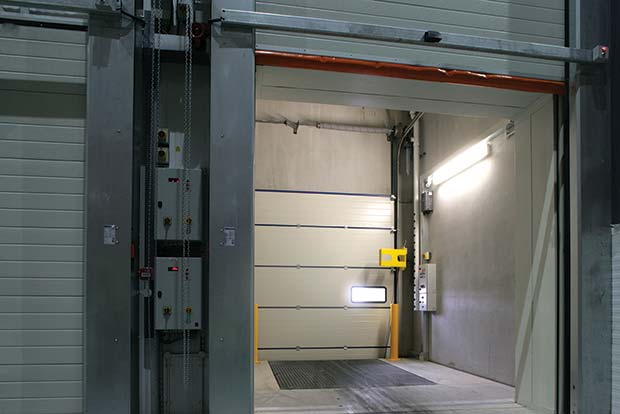New EU legislation could lull specifiers into a false sense of security and compromise safety warns Hörmann’s Alan Jenkins

For some time there has been considerable confusion over CE marking of industrial doors, since both manual and automatic doors fall under different directives. Manual doors are covered by the Construction Products Directive while automatic doors are under the Machinery Directive.
From 1st July 2013 this will change, when all doors intended for installation in a building – and for which a harmonised EN standard exists – become subject to the European Construction Products Regulation (CPR). This will make it a criminal offence to place a construction product on the market anywhere in the EEA without a CE mark.
This means that manual doors and automatic operators will all be CE marked by the manufacturer or supplier. However this is where care needs to be taken.
In the first case it must be stressed that CE marking does not signify that a product is fit for purpose; it simply means it complies with essential health and safety requirements of the European single market legislation.
Assuming that the door chosen has been correctly specified for the use to which it is to be put, the confusion comes when a door and automatic operator are sourced independently. Both will be CE marked under the new legislation but this does not mean they are compatible.
In this instance the installer is deemed to be the “manufacturer”of the completed door and needs to CE mark the “new” assembly. In order to do this they need to create a ‘technical file’ and issue a declaration of conformity. The technical file protects both the installer and end user since it is proof that the door and operator are compatible and have been fitted correctly. If this combination of door and operator have been type tested by either manufacturer they will be able to supply documents to support this. Alternatively, documentary proof that the specifications of the two components are compatible and suitable will suffice.

Safety and liability are the key issues here. There have been a number of serious and fatal accidents that has prompted the Health and Safety Executive to issue guidance, since they consider that industrial doors pose particular health and safety risks.
A simple solution is to source all the components from a single supplier who has already “type tested” the operators and doors, to ensure compliance with the highest applicable standards. In this case where the manufacturer supplies the powered door as a ready to assemble kit, then they can apply the CE mark.
Even in this case, should the installer make structural modification to the door, or any changes that may require further risk assessment, then the installer will have sole responsibility to create the technical file and CE mark the product.
All specifiers and contractors should be aware of this potential pitfall, and ensure the correct procedures are followed both on new developments and refurbishment projects.
Hörmann Group
Tel: 01530 516888
Email: info@hormann.co.uk





Comments are closed.